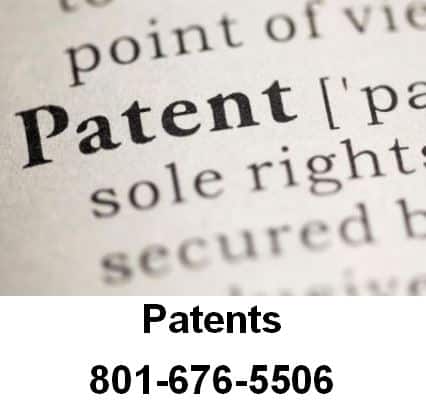
In order for a patent claim to be valid, it must propose a concept, idea, or item that is useful, novel, and non-obvious. These terms may seem vague, but they have specific legal meanings that correspond with federal patent law. And even when an idea or invention is technically nonobvious, at least from an engineer’s perspective, it may not meet the legal criteria.
In any event, as an intellectual property lawyer, we are trained to make these often minute distinctions when counseling inventors or business organizations. The terms “useful,” “novel,” and “non-obvious” — as they relate to the criteria of what may be patented — are explained in greater detail below.
A Patent must be useful
The term “useful” means that the subject matter has a useful purpose. It also requires that the item is operable, since a machine that can’t perform its intended purpose cannot be considered useful in the ordinary sense of the word. Since the decision over whether an invention is useful could be considered subjective, the U.S. Patent and Trademark Office (USPTO) has corresponding examination guidelines. These include the following items- An invention has a well-established utility if (i) a person of ordinary skill in the art would immediately appreciate why the invention is useful based on the characteristics of the invention (e.g., properties or applications of a product or process), and (ii) the utility is specific, substantial, and credible. An applicant need only provide one credible assertion of specific and substantial utility for each claimed invention to satisfy the utility requirement. If it’s rejection is based on lack of utility should include a detailed explanation why the claimed invention has no specific and substantial credible utility. Whenever possible, the examiner should provide documentary evidence.
A Patent must be novel
“Novelty” is strictly defined by patent law, essentially referring to the originality of the idea. An invention cannot be patented if the invention was known or used by others in the United States before the patent applicant invented it. The invention was patented or described in any printed publication, before the patent applicant invented it. The invention was patented or described in a printed publication in any country more than one year prior to the inventor’s U.S. patent application. The invention was in public use or on sale in the United States more than one year prior to the inventor’s U.S. patent application.
These rules don’t prevent a person from patenting an improvement to another invention, however. For example, tire makers have long known the formulas for making tire rubber. But what if an inventor found a way to make tire rubber twice as long-lasting by slightly changing the chemical composition? This could well be a patentable improvement as long as the difference wasn’t obvious.
It needs to be non-obvious
Even if a new invention differs in one or more ways from another patented invention, a patent may still be refused if the differences would be obvious. Non-obviousness is defined as a sufficient difference from what has been used or described before that a person having ordinary skill in the area of technology related to the invention would not find it obvious to make the change. For example, sodium chloride (table salt) and potassium chloride (a chemically similar salt) can often be used interchangeably. A chemist working to improve road salt would consider it obvious to substitute potassium chloride for sodium chloride, so a formula that simply made this substitution in an already patented road salt formula would not be patentable.
Free Consultation with an Intellectual Property Lawyer
If you are here, you probably have an IP matter you need help with. If you do, please call Ascent Law for your free consultation (801) 676-5506. We want to help you.
8833 S. Redwood Road, Suite C
West Jordan, Utah
84088 United States
Telephone: (801) 676-5506
Recent Posts
Divorce and Medical Practice Owners in Utah
Salt Lake City Lawyer Talks About Innocent Shooting
Contempt of Court in Utah Custody Parenting and Visitation Cases

